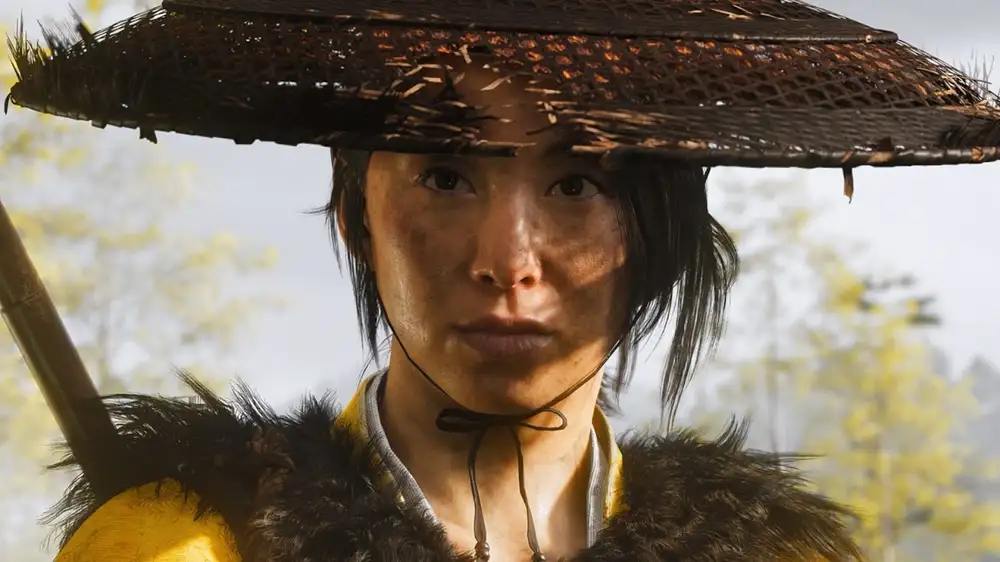Sucker Punch Productions visited Japan once again for their sequel, Ghost of Yotei, in a move they believe is “crucial” for maintaining respect for Ainu culture.
Ghost of Tsushima has been praised for its depiction of Japanese culture. The game was so well-received in Japan that the Sucker Punch Productions’ directors were made official tourism ambassadors for the island of Tsushima in 2021.
So, as you can imagine, a lot is riding on Ghost of Yotei. Unlike the first game, Yotei sees players traveling to Hokkaido, a mountainous region known for its beautiful landscapes and indigenous population. It’s here where the devs aim to deliver a new story that “respectfully” represents Ainu culture.
Ghost of Yotei devs visited Japan to get culture right
“Sucker Punch is an American company and we are well aware that we don’t naturally come equipped with the cultural knowledge to bring feudal Japan to life,” wrote Fox via PlayStation Blog.
“To do that, we need a lot of help. Thankfully, we are also part of PlayStation. For Ghost of Tsushima, we were fortunate enough to receive steady feedback from our colleagues in Tokyo. As you might have guessed, the same is true for Ghost of Yotei. Only this time, we’ve broadened our roster of advisers.”
Fox then explained that his team traveled to Hokkaido, the northernmost of Japan’s main islands and the setting for Ghost of Yotei. From this setting, the devs met with a cultural advisor and visited historical locations, which helped Fox and his team learn more about the Ainu, the indigenous ethnic group who reside in northern Japan.
“When setting a game in Hokkaido, we knew a crucial element was doing our best to represent Ainu culture in a respectful way,” explained Fox. “We also had the opportunity to explore the displays in the Nibutani Ainu Museum while talking with our adviser. This really helped us get a sense for the sorts of objects we’d see in the game and how they were used.”
The Co-Creative Director explained how the team also explored the southernmost part of Hokkaido, where they learnt about the Matsuamae clan, who were entrusted with defending the Matsumae Domain from the Ainu.
Besides learning about the history behind the two factions, Fox noted how his team took care to detail the differences between the settlements present within Hokkaido.
“It was interesting to see the proliferation of cherry trees on the peninsula, brought there from Honshu, yet uncommon in the rest of the island. That really told the story of how sparsely settled Hokkaido was in 1603 by the Wajin people,” explained the dev.
“We’ve tried to mimic that quality in the game, leaning into areas of wilderness between homesteads. While our version of Hokkaido is fictional, the feeling of authenticity we strive to create has roots in those real-world experiences.”

 iRonCub3: il primo robot umanoide a reazione volante è italiano | Video
iRonCub3: il primo robot umanoide a reazione volante è italiano | Video